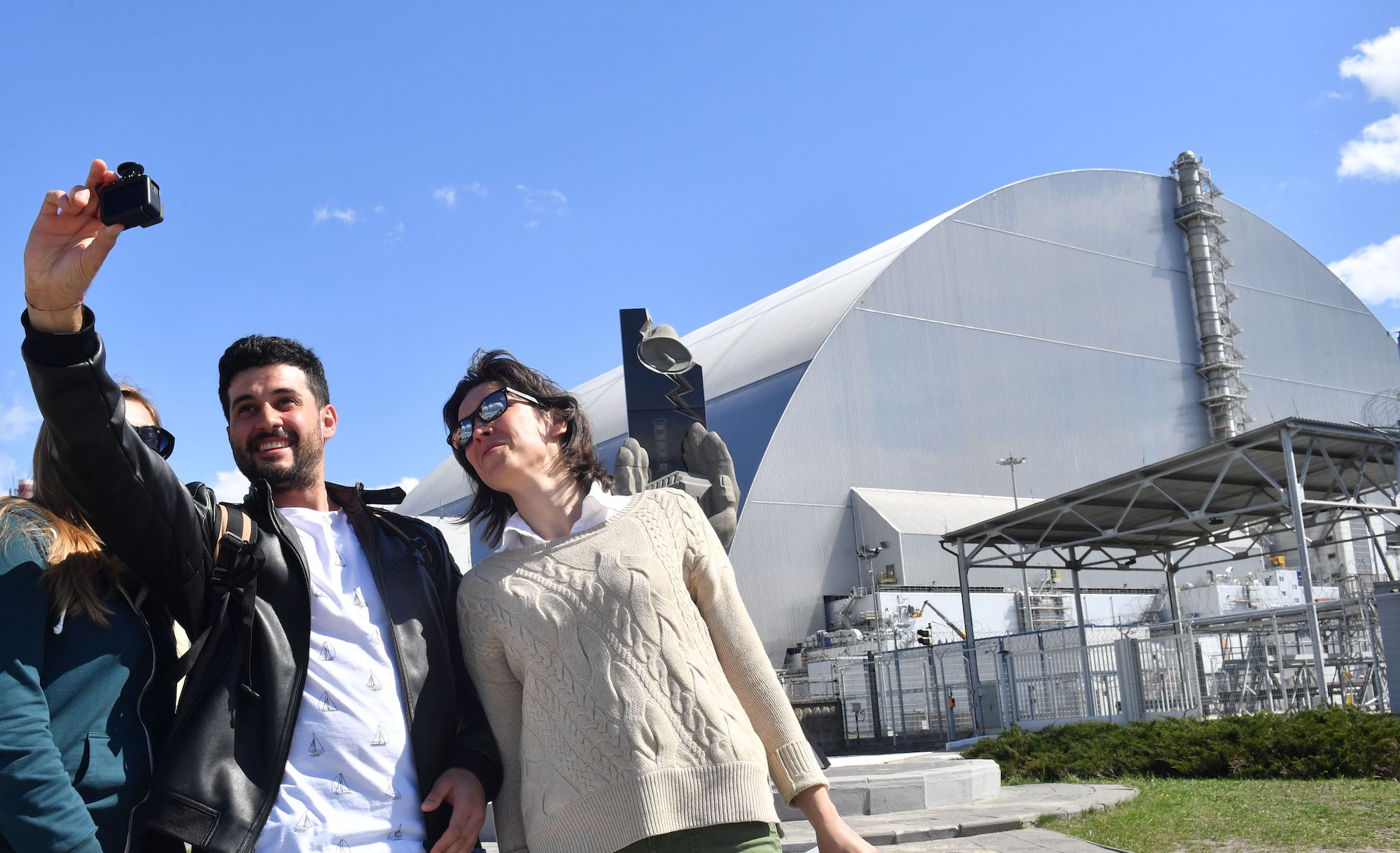- HBO’s “Chernobyl” series has reignited interest in the Chernobyl Exclusion Zone, a restricted area that allows visitors.
- In recent days, tourists have been criticized for disrespecting the site with raunchy or flippant photos on Instagram.
- Business Insider asked Claire Corkhill, a nuclear-waste expert who has been assisting with the Chernobyl cleanup, whether the zone is safe to visit.
- Corkhill said visitors can expect “very minimal” radiation exposure. A flight from the US is likely to give you more radiation than a Chernobyl tour, she said.
- Visitors should still exercise caution by covering up, staying on the main pathways, and not petting any stray dogs.
- Visit Business Insider’s homepage for more stories.
HBO’s “Chernobyl” series has reignited public interest in the world’s worst nuclear-power-plant accident.
In recent days, tourists have been criticized for disrespecting the site with raunchy or flippant photos on Instagram, prompting the show’s writer to call for greater respect from visitors.
“If you visit, please remember that a terrible tragedy occurred there,” the writer Craig Mazin said in a tweet on Wednesday. That tragedy took place more than three decades ago, but its effects still linger.
Read more: Russia still has 10 Chernobyl-style reactors that scientists say aren’t necessarily safe
On April 26, 1986, the core of a reactor at the Chernobyl Nuclear Power Plant opened, sending plumes of radioactive material into the air surrounding Pripyat, a Ukranian city that was once part of the Soviet Union. Workers are now attempting to clean up the site, which hasn't been fully decontaminated.
We asked Claire Corkhill, a nuclear-waste-disposal researcher at the University of Sheffield who's been assisting with the Chernobyl cleanup, whether the area is safe to visit.
Corkhill said that visitors can expect "very minimal" radioactive exposure, but she shared a few tips for ensuring your safety.
Be mindful of the risks but don't worry too much about radiation poisoning.
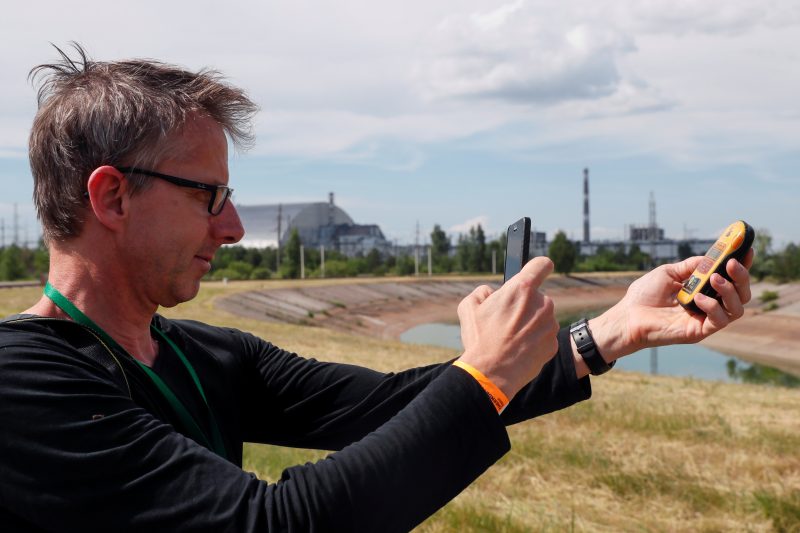
After the disaster, Soviet authorities designated a 19-mile exclusion zone with restricted access. Workers decontaminated the surrounding area by washing buildings and stripping the top 5 centimeters of soil, Corkhill said. They also built a massive shell around the reactor that has since been covered by a more protective steel confinement.
Today, the exclusion zone - which has expanded to about 1,000 square miles - isn't entirely off limits. A few families live there, and those 18 and older are allowed to tour the abandoned schoolyards, amusement parks, classrooms, and more.
But much of the area is still contaminated. The exclusion zone "is still in place for good reason," Corkhill said.
Stay on the main pathways.
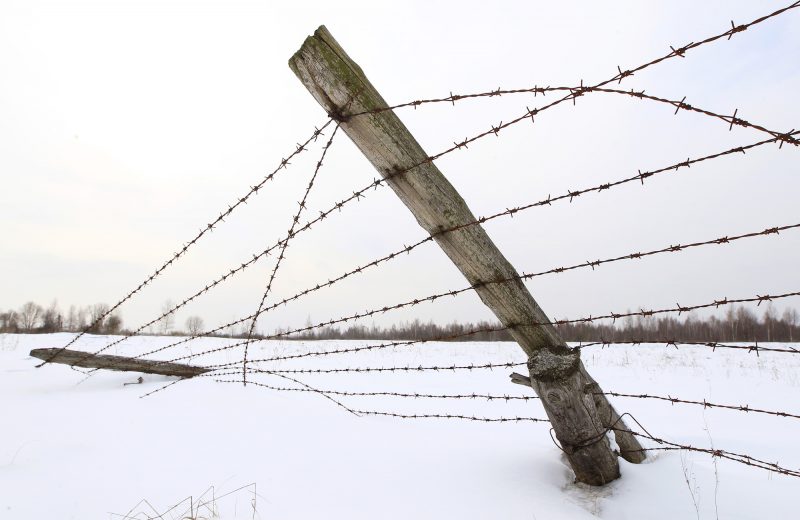
Tourists are allowed only in areas that have been deemed safe by the government, but, as a researcher, Corkhill was allowed to visit the cooling towers of reactor No. 5, which were just being built at the time of the accident.
"We had personal dosimeters with us, and all of a sudden, my dosimeter just started going crazy - like a huge dose of radioactivity," she said.
At the time, Corkhill was with a group of Ph.D. researchers. ("We wouldn't take paying students. There'd be too many insurance claims," she joked.) The researchers wanted to chase after the source of the radiation, but Corkhill wanted to exercise caution.
"I was like, 'No, let's just keep moving,'" she said. "I don't want to stand there for too long."
Definitely don't wander into the forest, where the trees are contaminated with radioactivity.
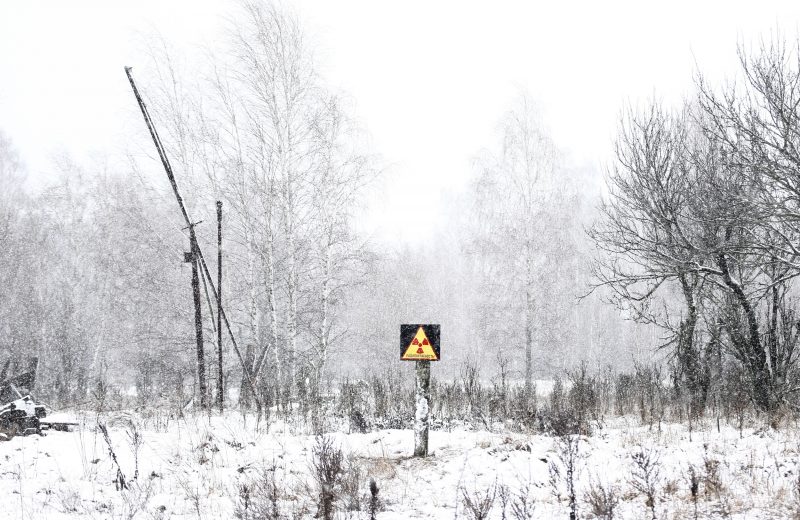
Corkhill said the exclusion zone contains a "huge forested region" that hasn't been decontaminated. "It wasn't possible to clean the soil underneath the trees," she said.
Corkhill said tourists who stick to major pathways aren't likely to experience high levels of radiation like she did.
"You will probably get more radiation from the flight that you take," she said. That's especially true if you're coming from the US. At 33,000 feet, she said, "you have less protection from the earth's atmosphere, the sun's radiation, and cosmic rays and particles."
Don't pet the stray dogs, unless you're a Chernobyl worker.
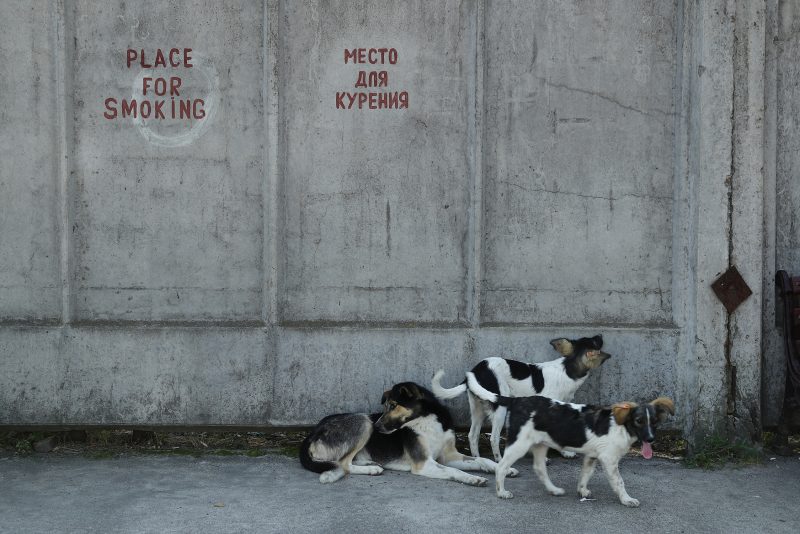
About 36 hours after the explosion, Pripyat residents were given just 50 minutes to gather their belongings and board the throngs of buses that had come to take them away. None were allowed to bring their pets.
Today, about 300 stray dogs remain in the exclusion zone. Corkhill said the dogs are "mangy" and "not very well looked after." Few live past the age of 6 because of predation and harsh winter conditions.
"They're very friendly, but you want to avoid petting them because they will have radiation on them," Corkhill said.
She added that many of the cleanup workers at the Chernobyl plant have taken the dogs under their wing, and some have even adopted them. Corkhill said the workers are probably petting the dogs quite often, but "they're the ones going into the reactor every day, so it's part of the risk."
Bring your long sleeves but avoid rolling them up.
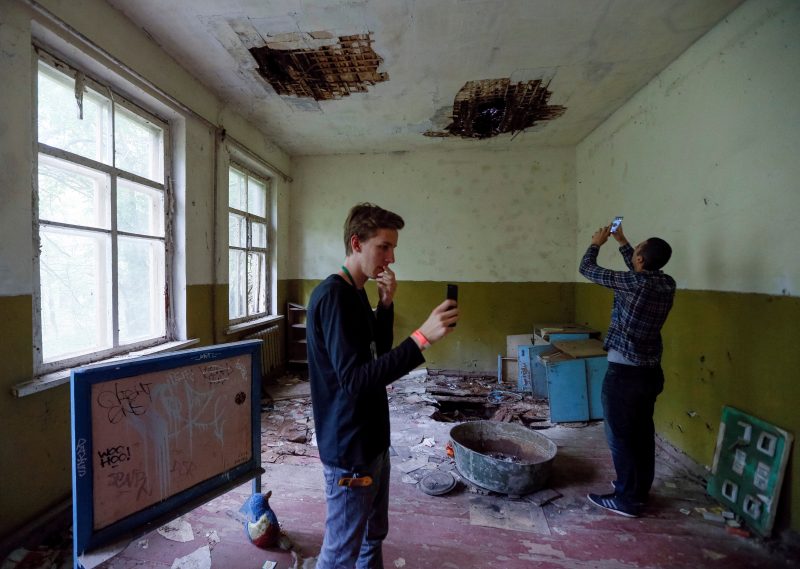
Corkhill said tour guides will ask you to cover your arms and legs to avoid any skin contact with radioactive material. Closed footwear is also required.
In the summer, she said, it becomes very hot, but visitors should avoid rolling up their long sleeves. The only parts of your body that should really be exposed, she said, are your face and hands.
Try not to touch anything.
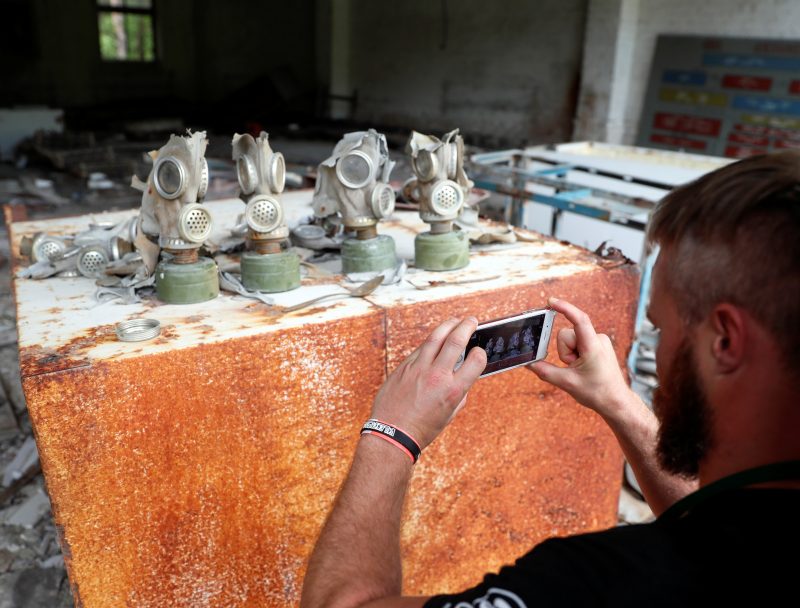
Visitors are instructed not to touch any artifacts, trees, or building walls. They also shouldn't set their cameras down on the floor or eat outdoors in the exclusion zone.
All tourists are required to have a guide, who should tell you what behaviors are off-limits.
If you've been exposed to radiation, wash off before bed.

If you accidentally sat on the ground or touched a potentially contaminated object, Corkhill recommends taking a shower that evening.
"As long as you wash it off before you go to bed, then there should be no problem whatsoever," she said.
Visitors to the exclusion zone are required to pass through control checkpoints that detect radiation levels, so you should know if your clothing has been contaminated. Contaminated clothing will either be washed or confiscated, depending on the level of radiation.
Watch out for holes in the ground.
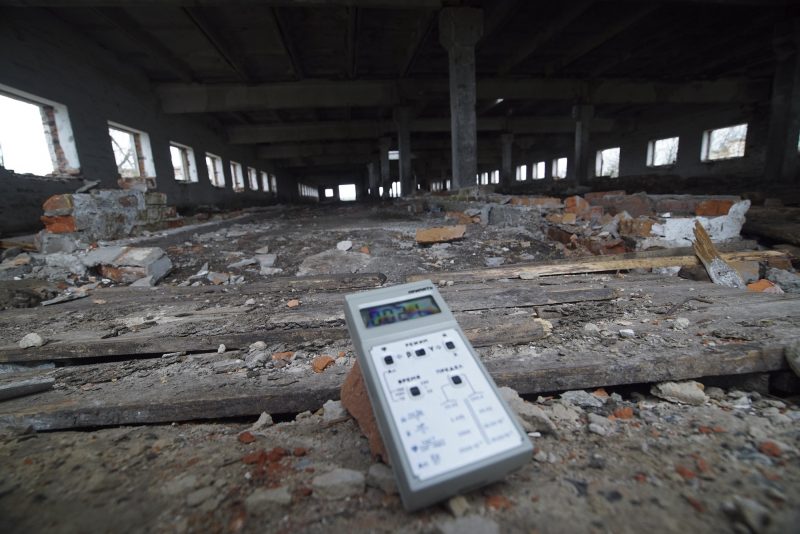
"The major hazard to safety is not from the radioactivity," Corkhill said. "It's from entering the buildings themselves."
Corkhill said the buildings in Pripyat have "whopping great big holes" in the floor. That's also the case for the streets, where scrap-metal merchants removed the coverings from manholes.
When it comes to these hazards, Corkhill said, visitors aren't given much of a warning, so they should be extra careful.
Read more Chernobyl coverage:
Real-life characters in HBO's 'Chernobyl' on the moment they found out about the disaster
What HBO's 'Chernobyl' gets right (and wrong) about the world's worst nuclear power plant accident

